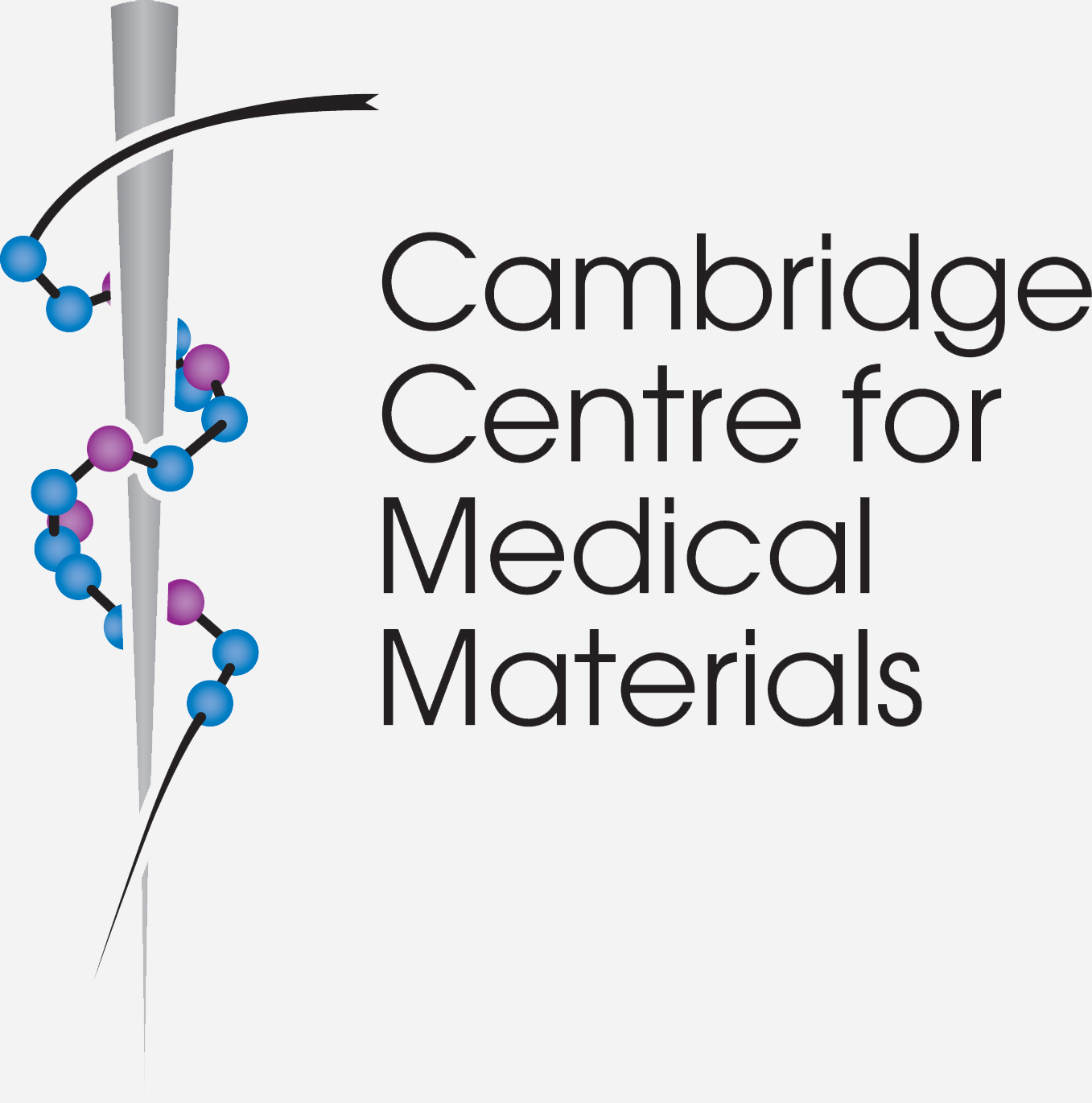
New Royce 3D Bioelectronics Facility will support research into healthier futures.
The new Royce 3D Bioelectronics Suite at the University of Cambridge will support research into longer and healthier futures for us all.
The suite of equipment, costing more than £620,000, has been specifically tailored to advance biomaterial research and is available for use by academic and commercial scientists. It features a 2-photon laser scanning microscope, along with equipment for cell growth and a freeze dryer for scaffold fabrication. 3D Bioelectronics Facility website 3D Bioelectronics Facility | Maxwell Centre (cam.ac.uk)
Research projects already underway on the equipment include collagen scaffold engineering, bioelectronic devices for in vitro modelling and studies on reconstructing heart tissue.
It was officially opened in the Department of Materials Science and Metallurgy by Professors Roisin Owens, Serena Best, and Ruth Cameron.
Professor Owens, Group Leader of Bioelectronic Systems Technology in the Department of Chemical Engineering and Biotechnology said:
“This suite forms part of the wider Royce Biomedical Materials theme and benefits from a wide interaction of researchers.”
“We will be working to create a new generation of smart dynamic medical materials which will support novel medical approaches to improve health. For example, collagen scaffolds have wide applicability for tissue repair.”
“With the global population of over 60s expected to reach 1.4 billion by 2030, these approaches will help to sustain health and well-being for longer.”
Dr Daniel Bax, the Faciltiy Lead said:
“This equipment is available, open access, to UK-wide academic and commercial researchers. Royce@Cambridge has funding available for SMEs and academics to use this equipment for their research.”
The Royce 3D Bioelectronics Facility suite houses:
- A freeze dryer.
- Full cell culture suite including cell box with CO2 control for cell transportation, incubators; microbiological safety cabinet; refrigerated centrifuge, cell counter, pipette sets and water bath.
- A Bruker Ultima 2Pplus 2-photon laser scanning microscope incorporating a Coherent laser, with integrated patch clamp and manipulators for MEA (multielectrode array) electrophysiology recordings.
- Electrical acquisition equipment including Potentiostat for electrochemical impedance spectroscopy, and accessories for 3D in vitro electrical monitoring.
For more information on accessing this equipment or applying for funding towards usage please contact royce@maxwell.cam.ac.uk or visit Royce@Cambridge.

